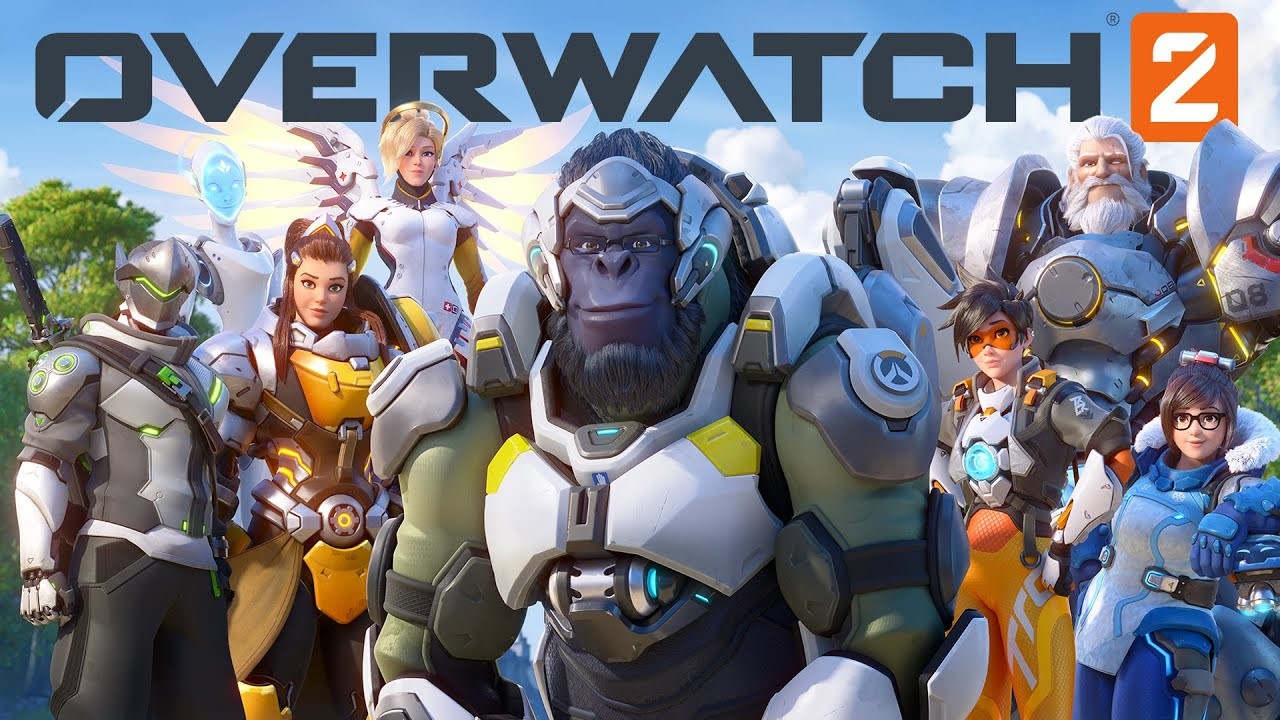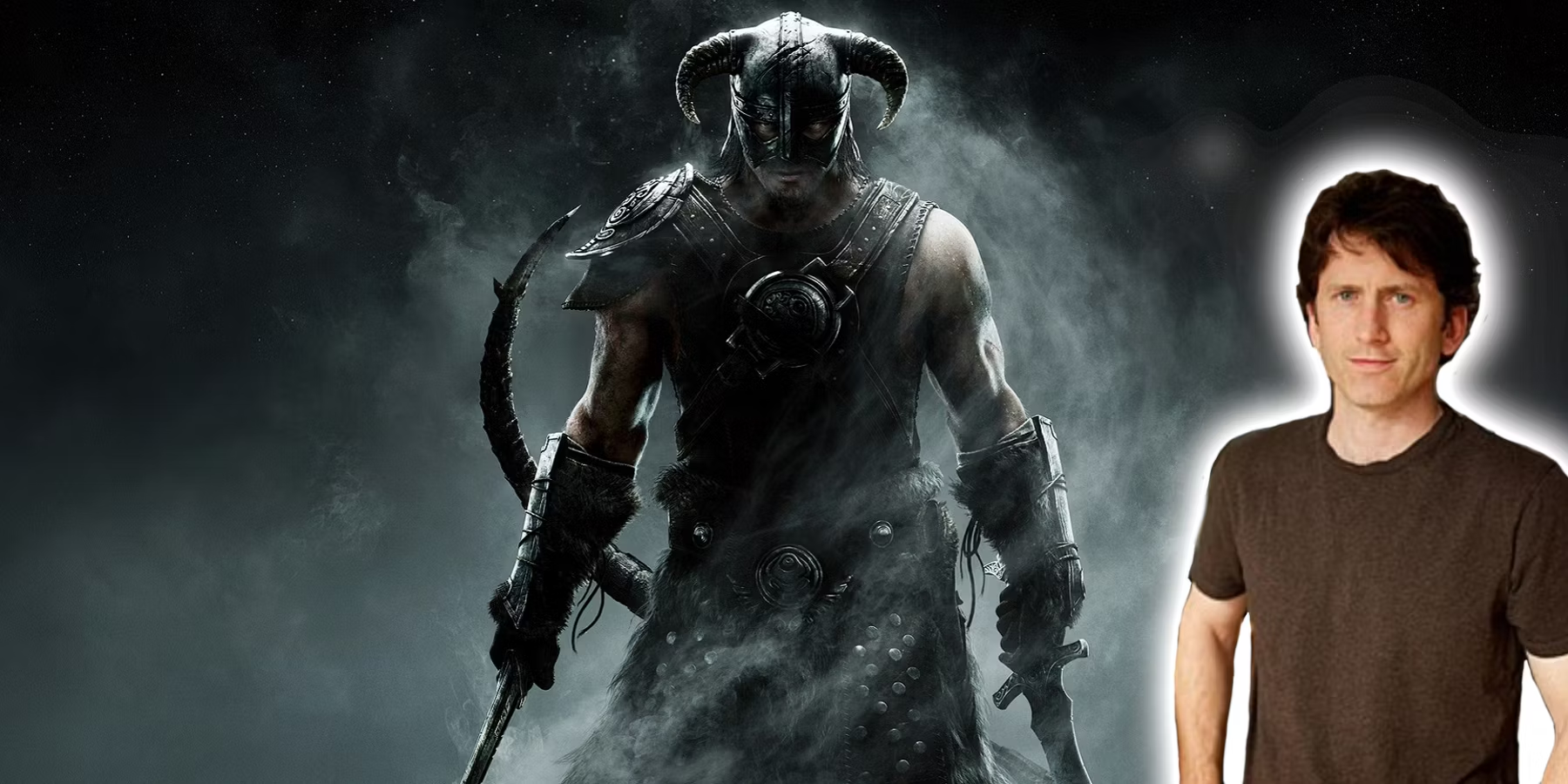In the wake of the recent Battlefront II scandal, consumers have called into question many of the practices seen in video games over the last few years, specifically concepts in games that try to get the most money out of consumers as possible. The more this issue is looked at, the longer the history if it can be seen and the more games with in-game money earning aspects can be found.
The Price of Modern Games
A typical AAA game in today’s market will sell at retail for $59.99. For argument’s sake, most gamers expect new AAA games cost $60. At first glance, the price of an average video game seems expensive. However, in reality, the price of modern games is extremely beneficial to consumers.
In 2013, IGN writer Colin Moriarty wrote an in-depth analysis of how video game prices have changed over the last several decades. As reported by Moriarty, a Nintendo Entertainment System (NES) game in 1990 would typically cost about $50, a Nintendo 64 (N64) game went for around $60-70 in 1998, and a PlayStation 2 game in 2005 would sell retail for about $50.
This means that for the last 25 years or so, video game prices have stayed in the range of $50-60.
True Cost of Games


Video game fans have debated what the cost of a game should be for years. Some say $60 is too much and others argue $60 is perfectly fine. The reality is, the constant price is a blessing for consumers. $60 may seem spendy, but if the price was not constant then gaming would become an expensive habit.
If inflation is applied to the price of video games, suddenly $60 does not seem so bad.
As IGN writer Colin Moriarty reported, a Nintendo Entertainment System game with modern-day inflation would cost about $90. A Nintendo 64 game would go for about $100. A PlayStation 2 game would cost closer to $60 in today’s market.
Again, modern day game prices are extremely generous considering what they should theoretically cost.
The Problem
A set price of $60 has been a great thing for consumers for many years. In many ways it still is. Knowing the price a new product will be on release is great when playing the role of a consumer.
However, the set price blessing is now becoming a curse for gamers everywhere.
Modern day gaming faces a unique problem. Video game companies are changing the content models of their games and adding extra services to them, while still keeping a consistent price tag. A constant price for games is becoming harder and harder for developers and publishers.
Economic times have changed in the last 25 years. Inflation in the market has caused most expenses in the market to become more expensive. Game companies have to spend more on staff, equipment, marketing, etc., yet their main product still costs the same. Essentially, the price of games today do not fit the times they are being released in.
The result is game companies being forced to find different ways of making money off a product that does not change the price. We now live in a time where a “full $60 game” may suddenly not be full.
Battlefront II
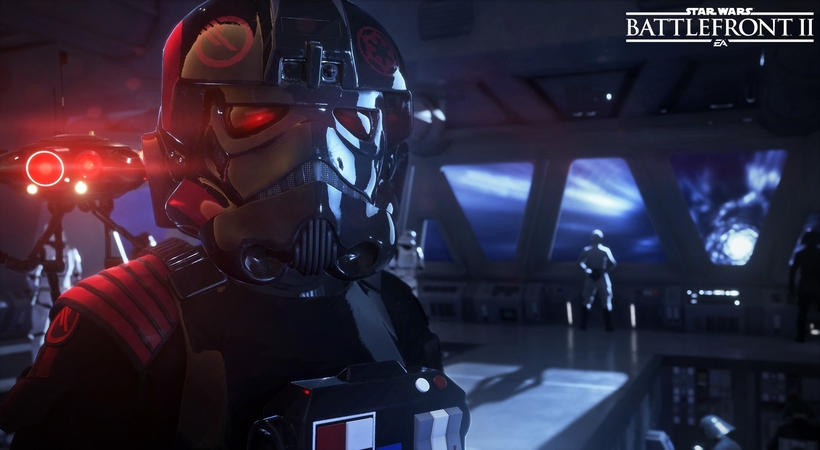

The most recent and best example of this is EA’s Battlefront II.
Gamers had a list of issues with EAs Battlefront II, mainly how microtransactions affected the game. Microtransactions were used to essentially lock away content most has assumed would be available (such as playable characters). Unlocking certain content in the game required in-game currency only gained through playing the game for long hours and paid loot boxes.
Players of the game were upset because the loot boxes bought with real-world money only had a slight chance of giving the player the in-game credits needed to unlock characters and other assets of the game. Many understandably felt that the games microtransactions and loot boxes were used to lock out content that should have been in the game, forcing players to spend money or spend endless hours in game to experience what they considered the “full game”.
Destiny
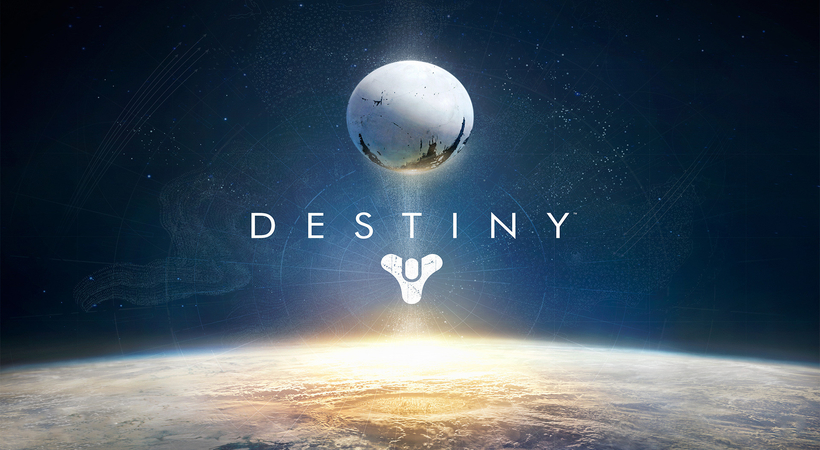

Another somewhat recent example of a game being sold somewhat incomplete and needing extra monetary investment for access to a “full game”, was Activision’s Destiny.
Originally released in 2014, Destiny left many players feeling dissatisfied upon initial release. The game included a campaign that was roughly seven hours long and was bare bones story wise. After campaign completion, the game did not have much extra content.
There were multiplayer game modes included and daily quests that could be finished for extra experience points and equipment. However, the multiplayer felt like a cookie cutter experience and the daily missions were very repetitive after a short while.
Destiny ended up only having more variety of gameplay via paid downloadable content (DLC). There were four DLC expansions released for Destiny: The Dark Below, House of Wolves, Rise of Iron, and The Taken King. These four DLCs all added major missions, raids, and environments to the game.
Only by paying extra from the initial $60 was the game more well-rounded and entertaining.
As of now, EA has removed microtransactions and reworked unlock aspects in Battlefront II. Destiny ended its active release run by selling the game with all DLC included. These changes later on in the games histories does not change their initial aspects upon release.
Game Models Explained
When broken down, there are three major business models modern video games follow:
- A $60 game that includes numerous hours of engaging content and uses DLC to expand the game experience as opposed to finishing it.
- A free game that offers extra game content for a price. The extra content is not necessary to play the game. It can be usually be earned for free through minor gameplay.
- A free or low initial purchase game that uses a paid monthly subscription. This can either include extra content in the future, or can have extra content added on through small DLC purchases.
Each game models in their most basic forms have worked for many years. AAA games are typically known for model 1. Mobile games are best known for model 2. Model 3 is usually associated with online multiplayer games such as Blizzard’s World of Warcraft.
Picking one business model and then adding small aspects from other ones, is the best solution to the problem of $60 games.
Overwatch
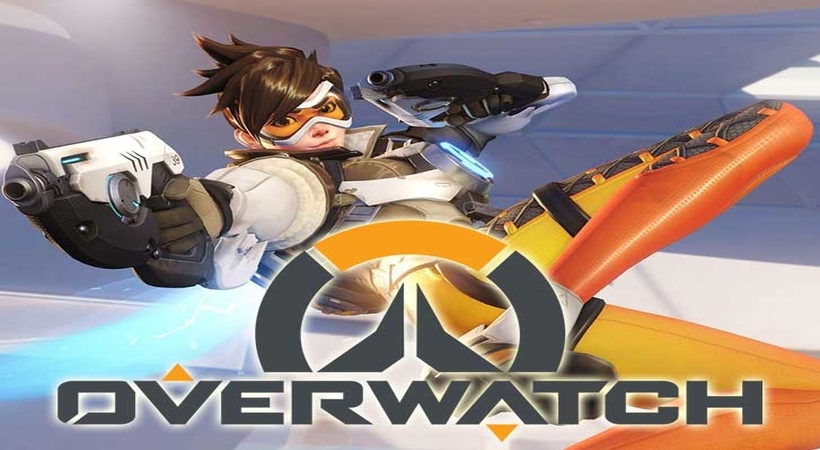

An example of these concept being changed and combined into an effective form is with Blizzard’s Overwatch.
2016’s Overwatch includes a paid loot box system used for extra content unlocks. The content unlocked via loot boxes are items that do not impact game-play. The unlocks only include character skins, voice lines, victory poses, emotes, and sprays. These have no effect on how well players perform in the game. Furthermore, they do not have to be solely purchased to be acquired. Loot boxes can be unlocked by leveling up and in special game events.
Overwatch also gives players free extra content. Special seasonal events and game modes are available for all players throughout the years. Extra maps and characters are also added for free to the game regularly.
This model is great because the paid portion of the game is not mandatory to experience the full game. All modes, maps, events, and characters, are available with the full $60 game.
The Problem of Change
From the consumer standpoint the solution would be that developers and publishers create a “full gaming experience” while maintaining the $60 price tag.
This is a problem as modern day costs of operating continue to increase. Companies have to find more ways of obtaining money in order to continue existing. Thus, from the producer standpoint, the best solution would be increasing a games price and making it a fuller experience. This is a problem because as amazing as the gaming community can be, it is a highly vocal group.
The time for a change in game prices has passed. If companies were to start charging more than $60 (excluding special editions), there would most likely be a large uproar from the gaming community. Community outcry was, after all, responsible for microtransactions being removed from Battlefront II.
The gaming community as a whole has become too comfortable with a $60 price tag. This makes sense when producers of games have kept the price steady for so long. Changing an industry standard is no easy feat for game producers.
Solution
The solution, as I see it, is a change in the business models of video games.
Suppose that Battlefront II was released for free. The game still included a paid unlock system and unbalanced game mechanics. With a free price tag, there would not have been as huge of a backlash at release. This model has been shown to be extremely successful in mobile games.
Suppose now that Destiny was released for free or at a very low cost. Then it further required a small monthly subscription fee which included future DLC. The game would have been received very differently.
The most common problem gamers and AAA developers/publishers clash upon is a $60 game adopting practices from subscription-based games or free-to-play games in a game-changing way. When a $60 game forces players to spend money in order to obtain the “full game” players expected, there is always a backlash.
Modern day developers need to adopt one of the three models I presented. It is difficult for developers such as EA to even consider releasing a game for free. Though as mobile game success has shown us, it is a viable business strategy.
The Future of the Industry
The gaming industry is at a critical point in the capitalistic balancing act all industries and products must go through.
Developers must find a way to obtain a greater financial return on their products while still creating a product players will want. In a perfect world, this process would be easy. Yet we obviously do not live in a perfect world.
This change in the mindset of developers and publishers will not be easy. Adapting to new times never is.
Developers are trying new models (and not always succeeding) in order to continue making the games so many enjoy. This process is not fun for anyone but is necessary for the industry to continue being successful.
As gamers we must play our role in this balancing act. The gaming community must voice its opinion on what content is expected with certain prices.
Hopefully, in the future, fewer Battlefronts and more Overwatchs are released for the world to enjoy.
Kaleb Unger
Kaleb Unger is a long time video game and journalism enthusiast. He plays avidly and reads constantly, and enjoys every second of it. His history of writing spans multiple forms and genres. Much of his past work has been accomplished in an academic setting, though he continues to expand his creative horizon by exploring different mediums. Kaleb similarly has a diverse background in media production which includes such work as podcasts, streaming, graphic design, video editing, and sound design. Kaleb has lived in Arizona, USA for the past 5 years and is a full-time student both in academia and life.
Latest posts by Kaleb Unger (see all)
- Gaming Culture Adversity For Mobile Gaming Fans – April 14, 2018
- Why Console MMO Games Keep Missing the Mark – April 8, 2018
- The Revamp Model for FPS – March 25, 2018
- Grassroots of Gaming #2: Blasters of the Universe VR – February 27, 2018
About Us
Community is what drives us! Culture of Gaming is a community driven website that is dedicated to listening to its readers and what it’s followers want. We have radically redesigned our site so as COGS followers can get more of the best. COG is a site where opinion is everything and the newest opinion is what drives us. Check out our latest editorials, reviews, features and more!




